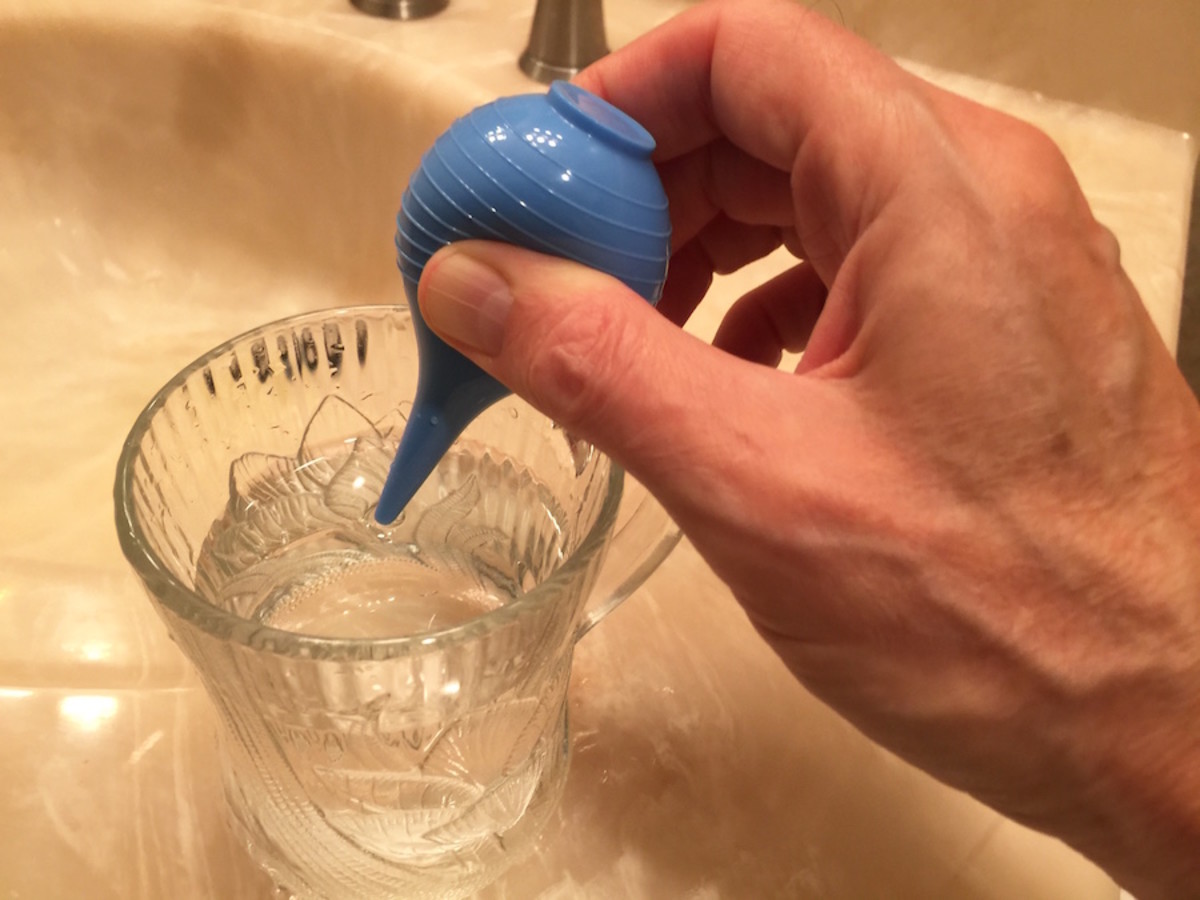

Put a few drops of rubbing alcohol or rubbing alcohol mixed with an equal amount of white vinegar into the ear after swimming or showering.Hold the dryer several centimetres (inches) from your ear. Gently dry your ears with the corner of a tissue or towel, or use a blow-dryer on its lowest setting.After swimming or showering, shake your head to remove water from the ear canal.When you rinse your hair, keep your head down with your chin toward your chest or pull the outside of your ear down over the ear canal.These products can cause itching and irritation. Keep soap, bubble bath, and shampoo out of the ear canal.


Other symptoms develop, such as ear pain, hearing loss, ringing in the ears, dizziness, severe itching, or bad-smelling discharge from the ear.Symptoms to watch for during home treatmentĬall your doctor if any of the following occur during home treatment: They have no proven benefit in the removal of earwax and can cause serious injury. The force of the water injures the ear canal and ruptures the eardrum. Do not use a dental irrigation device, such as a Water Pik, to remove earwax.

#Deep impacted ear wax professional#
Professional help may be needed to remove tightly packed earwax.ĭo not try to remove earwax if you have ear pain or a discharge that looks different than earwax, if you think you have a ruptured eardrum, if you have had ear surgery, or if you have tubes in your ears. Most earwax problems can be handled with home treatment. Poking at the wax with cotton swabs, your fingers, or other objects usually only further compacts the wax against the eardrum.
#Deep impacted ear wax full#
Impacted earwax may cause some hearing loss or other problems, such as ringing in the ears (tinnitus), a full feeling in the ears, or vertigo. The ear canal may become blocked (impacted) when attempts to clean the ear with cotton swabs, bobby pins, or a finger push wax deeply into the ear canal. Children produce a lot of earwax, which tapers off as they grow older.Įarwax is normally produced only in the outer half of the ear canal and will not become deeply impacted unless it is pushed in. In children, earwax is usually softer and lighter than the earwax produced by adults.
#Deep impacted ear wax skin#
As the skin of the ear canal sheds, the wax is carried to the outer part of the ear canal and drains from the ear by itself.Įarwax ranges in colour from light to dark brown or orange. Normally, earwax is a self-draining liquid that does not cause problems. The ear canals are self-cleaning.Įarwax helps filter dust, keeps the ears clean, and protects the ear canal from infection. It is a mixture of skin, sweat, hair, and debris (such as shampoo and dirt) held together with a fluid secreted by glands inside the ear canal (ceruminous glands). Earwax is a naturally produced substance that protects the ear canal.


 0 kommentar(er)
0 kommentar(er)
